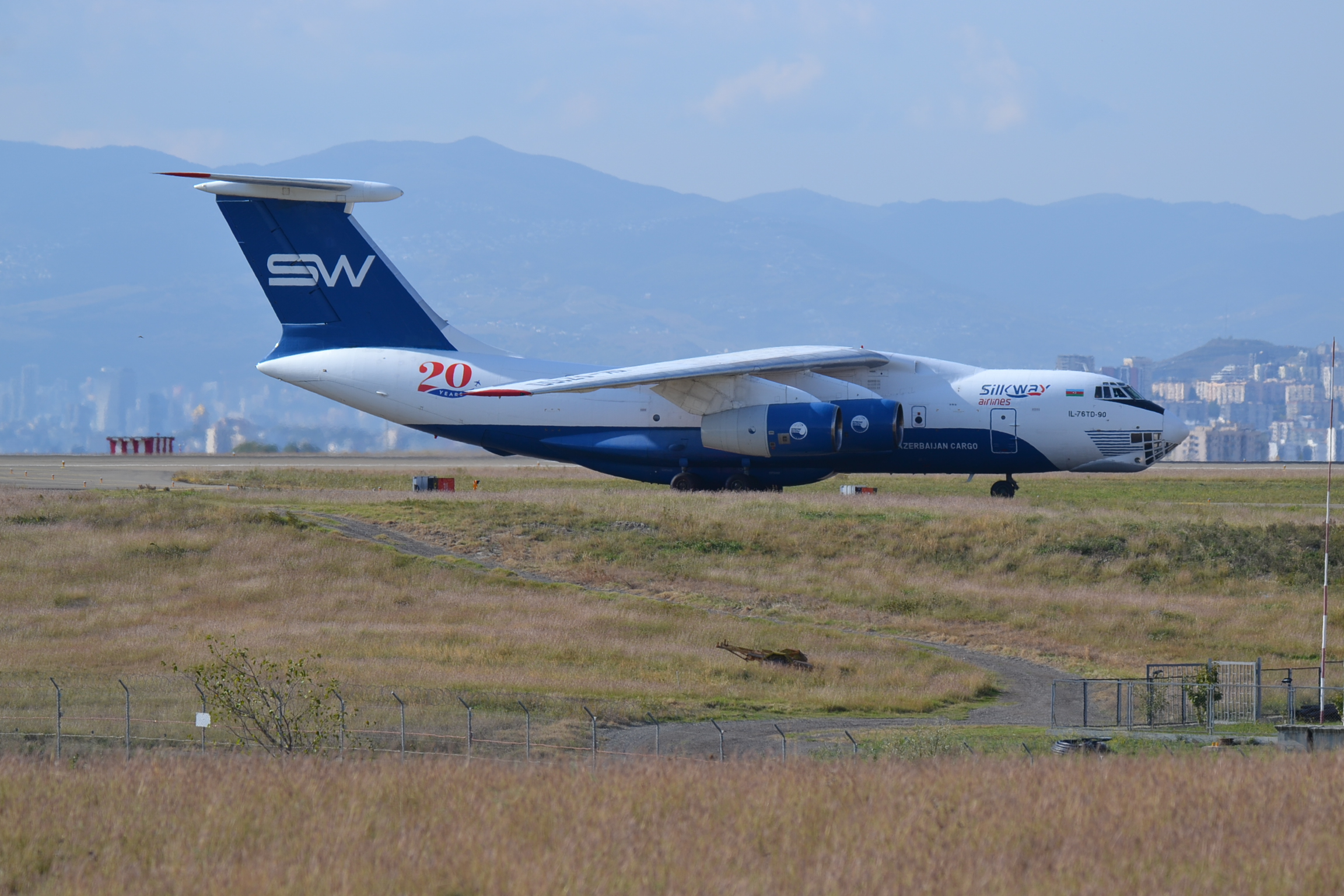Located at Air Base No. 1 in Sintra, about 30 km from Lisbon, and accessible by public transport, we have the Museu do Ar, of the Portuguese Air Force. This museum was inaugurated in 1971, but at the end of January 2010, its facilities were renovated and adapted to expand the functions of the museum, to preserve the Portuguese aeronautical history.
The preservation of aeronautical history is the museum’s primary mission, but it also includes the dissemination, conservation, and restoration of the various elements that comprise the museum’s aeronautical heritage and its future acquisitions, and maintaining them in the best possible condition.
Another of its functions, perhaps less well-known, is to document not only the aircraft in the museum or those that have served with the Portuguese Air Force, but also to inventory, catalog, and manage the bibliographic and documentary heritage related to the exhibited collection, as well as to encourage and collaborate on research about it. This is stated on its website.
In the museum, we can see the different aircraft, displayed in six spaces, five inside the hangars and one outside, which for incomprehensible reasons cannot be visited outside.
There are around forty aircraft on display, ranging from the early days of aviation to the present. And it’s not just airplanes; there are also simulators, engines, other aeronautical equipment, and photographs related to Portuguese aviation. The exhibition attempts to follow a chronological order, although the room dedicated to aviation pioneers and historical achievements is at the back of the museum. There’s also a small shop and restrooms at the museum entrance.
The five exhibition spaces would be;
Main hangar.
Dating from the 1940s, the exhibition features most of the aircraft on display, along with a photographic panel commemorating 100 years of Portuguese aviation history. It begins in 1909 when French pilot Armand Zipfel gave the first aerial demonstration with a small Voisin Antoinette aircraft.
Room reserved for the Portuguese airline, TAP.
A room dedicated to the history of the Portuguese flag carrier, Transportes Aéreos Portugueses (TAP), explaining the most important events in the company’s history and showcasing its distinctive elements, such as uniforms.
Room reserved for the company airports and air navigation, ANA.
Like the previous room, this one features a model of Lisbon airport from 1942, at its inauguration, as well as period furniture used to equip the control tower.
Historic hangars.
These hangars were built in 1920, and are divided between one part with civilian aircraft, another with the air assets used in the colonial conflicts in which Portugal participated, and the third part with the teaching aircraft along with a Falcon 20 for transport and calibration.
Hall of the pioneers in Portuguese aviation.
This room commemorates the great aerial feats of Portuguese pilots in the early days of aviation, such as Sacadura Cabral, Gago Coutinho, Sarmento de Beires, Brito Pais, Humberto da Cruz, and Carlos Bleck. Their achievements are displayed alongside trophies and various navigation systems used in their flights.
Regarding the aircraft on display, the following are noteworthy: Junkers Ju 52 (1930), Avro Cadet (1931), DH-87 Hornet (1934), DH-89 Dragon Rapide (1934), Spitfire (1934), DC-3 Dakota (1935), F-86 Sabre (1958), and the Santos Dumot XIV Bis biplane.
As we have already said, the outside part of the hangars cannot be accessed, which is where contemporary aircraft such as a C-212 Aviocar or a Lockheed P-2 Neptune are located.






